Blurred Lines
As foreign bureaus close, think tanks and aid agencies help keep international reporting alive—but journalists risk their credibility when they depend on the agendas of others
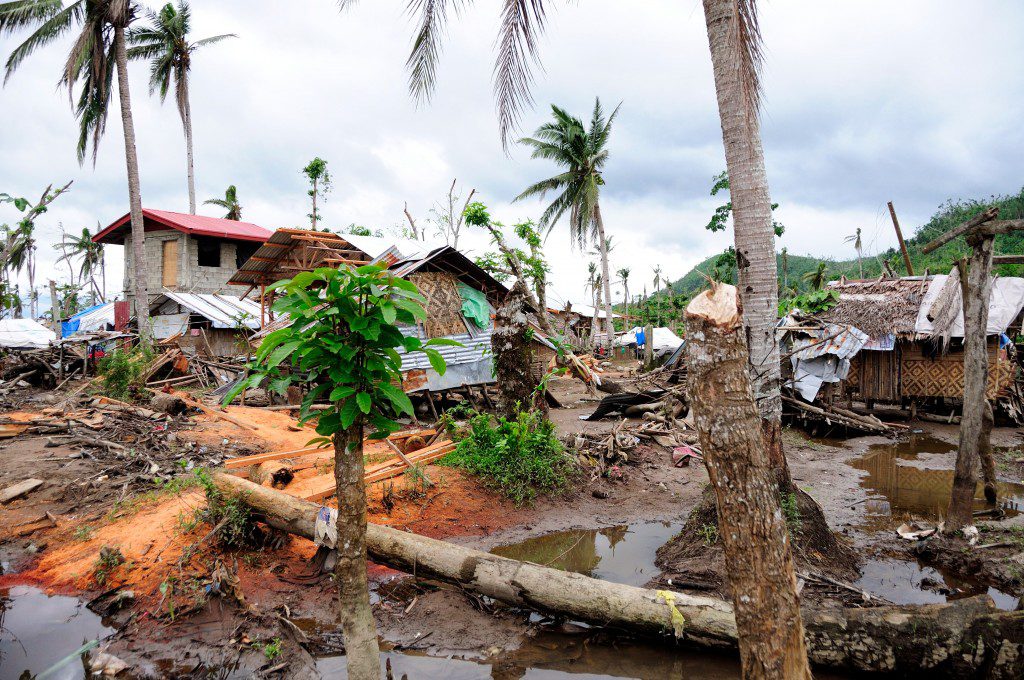
The small Filipino village of San Miguelay after Typhoon Haiyan—known locally as Yolanda—destroyed the islands in November 2013. The storm surge was as high as 25 feet in some areas, and wind reached speeds of more than 230 km/h. Photo courtesy of Darcy Knoll
Remnants of houses lined the streets in piles. The basic foundations were the only part of the structures that still stood. White tarps replaced the destroyed roofs. Mutilated coconut trees, resembling jagged sticks, stood in clusters. On a rainy morning in early January 2014, Darcy Knoll drove along dirt roads to a small Filipino village inland from the coast called San Miguelay. The communications specialist for CARE, a humanitarian organization, was with a reporter writing about the building of shelters for people with nowhere to live. Two months had passed since Typhoon Haiyan devastated the country, and rebuilding efforts were proceeding.
Journalists came from around the world to report on the broken lives and the wreckage. Media requests had poured into CARE’s Philippines office for a few weeks and staff were doing what they could to help reporters get closer to stories. Fewer than 500 people lived in San Miguelay, which had been torn apart by winds over 235 km/h. Knoll and the reporter walked through the muddy streets, ducking under temporary structures to speak with families who had lost everything. “It’s really important that we work with journalists,” says Knoll. “We want to put them in touch with people to give information on what’s happening. And to tell stories.”
Storytelling in an international context is something that’s become much more difficult in recent years. While reporters once regularly travelled overseas and had time to develop articles with complex narratives, parachuting in to cover a disaster is all most news organizations can manage now. As with many international stories, the relationships that human rights organizations, aid agencies and think tanks have built on the ground provide welcome shortcuts for journalists, who have had little choice but to rely more on the work of others.
While foreign reporting resources have diminished over the past two decades, these organizations have only grown. They can’t take the place of shuttered foreign bureaus, but their research and connections are filling part of the void and helping to keep international storytelling alive. But there’s always a risk to relying too heavily on groups that have their own agendas.
-

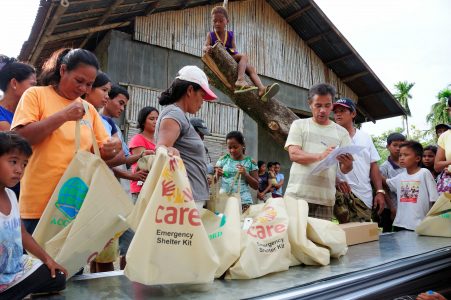
Shelter materials being distributed by CARE’s emergency response team. CARE is an international humanitarian organization that often works with journalists to help them access people and places
Photo courtesy of Darcy Knoll
-
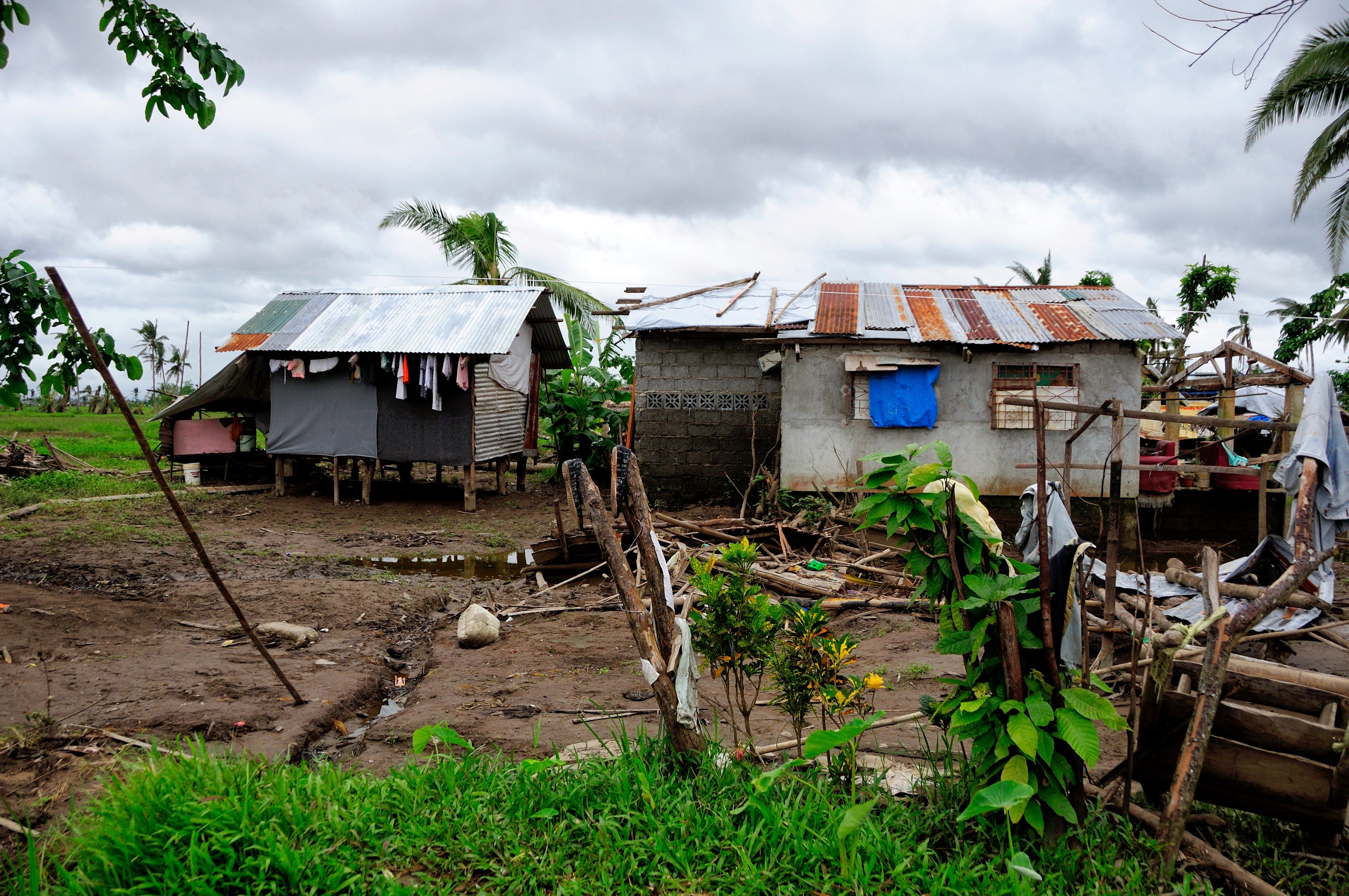

Damage in San Miguelay was primarily caused by high winds that tore apart roofs and building structures. More than five million Filipino people had their homes damaged or destroyed during the Typhoon—the deadliest ever recorded in the Philippines. The house on the left was fixed using shelter supplies from CARE and the house on the right has a tarp and scrap metal roof
Photo courtesy of Darcy Knoll
-
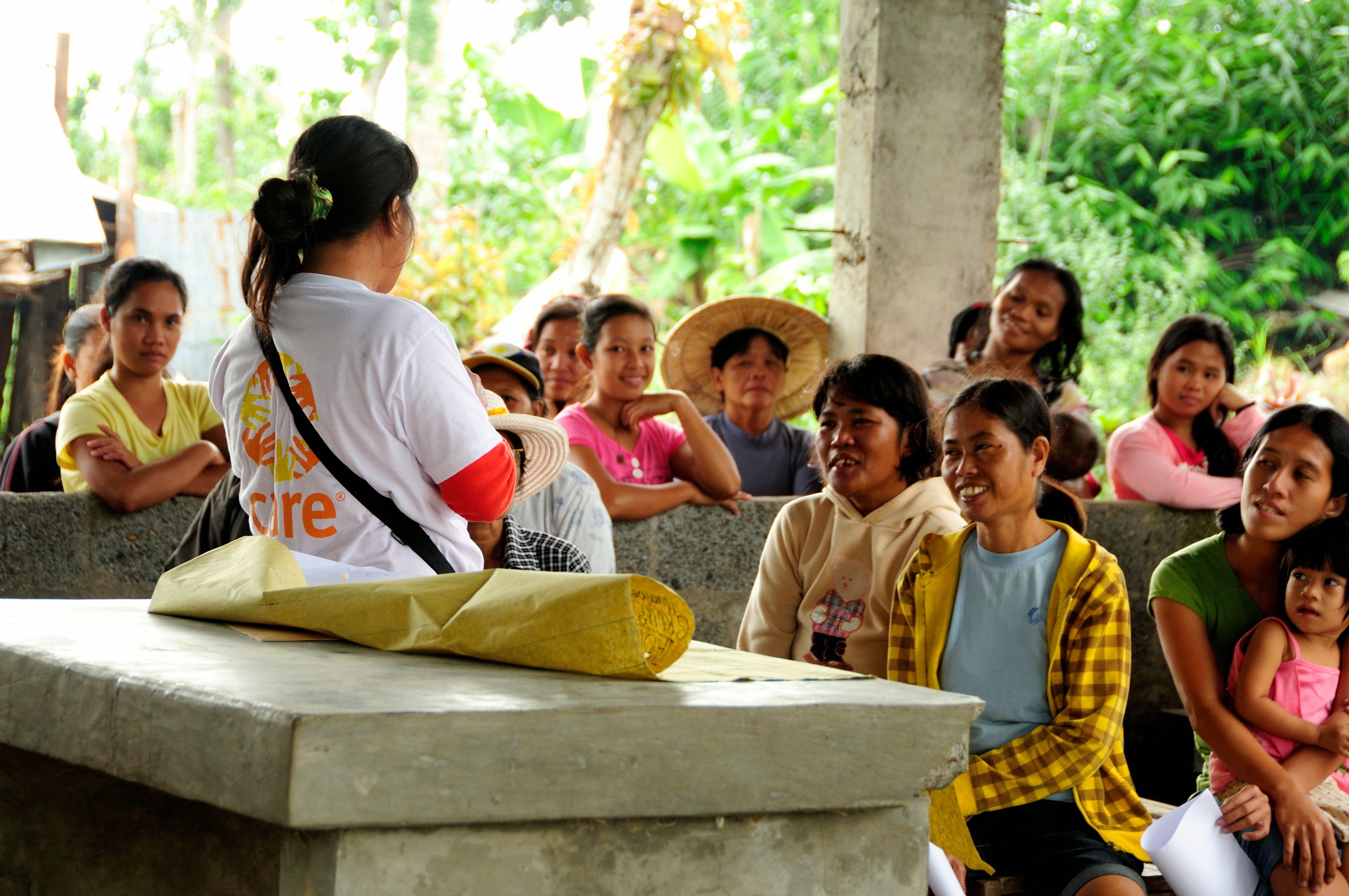

A community session being led by CARE a few weeks after Typhoon Haiyan
Photo courtesy of Darcy Knoll
-
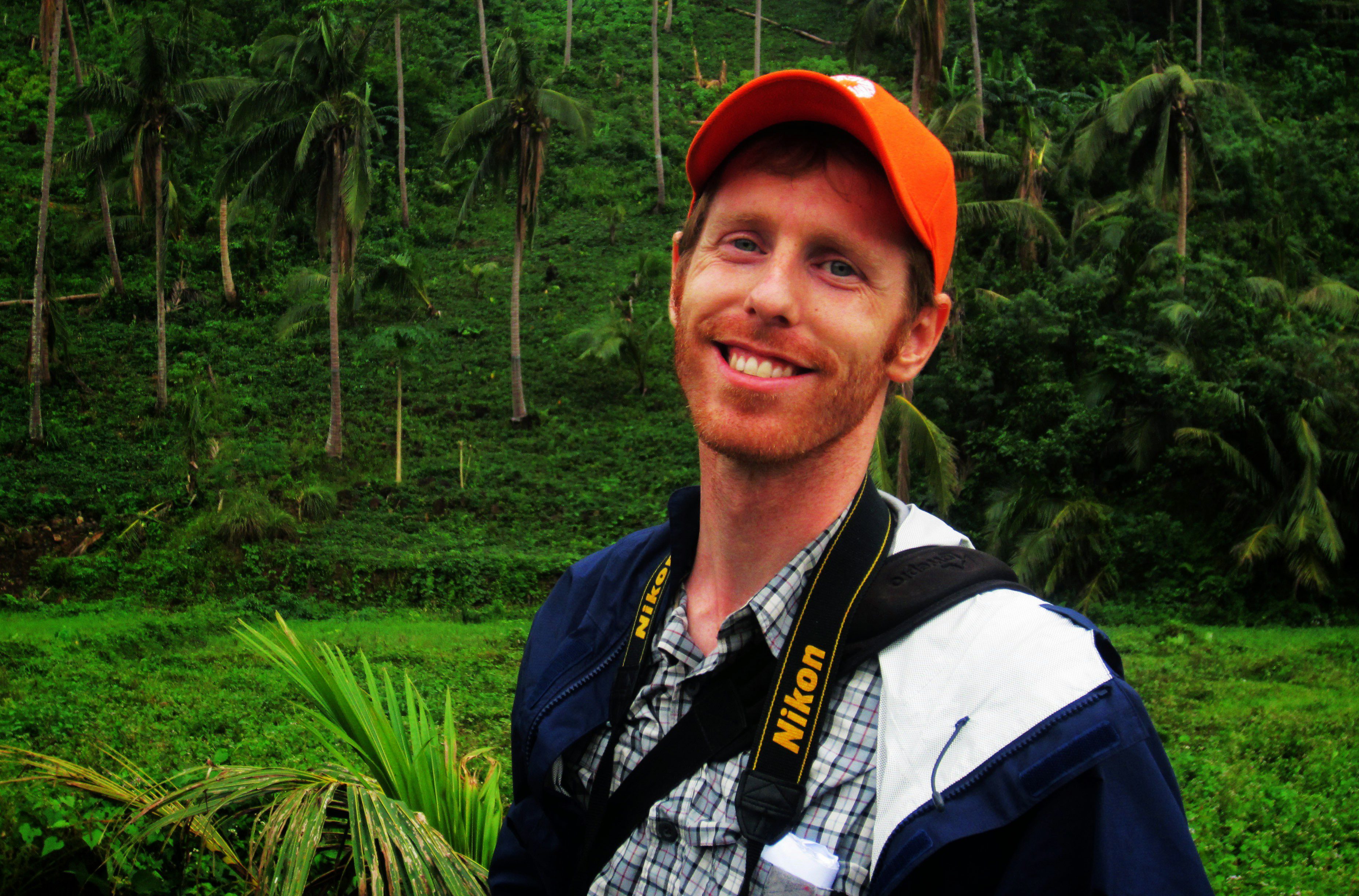

CARE communications specialist Darcy Knoll helped with emergency recovery efforts in the Philippines six weeks after Typhoon Haiyan hit
Photo courtesy of Gillian Barth
-
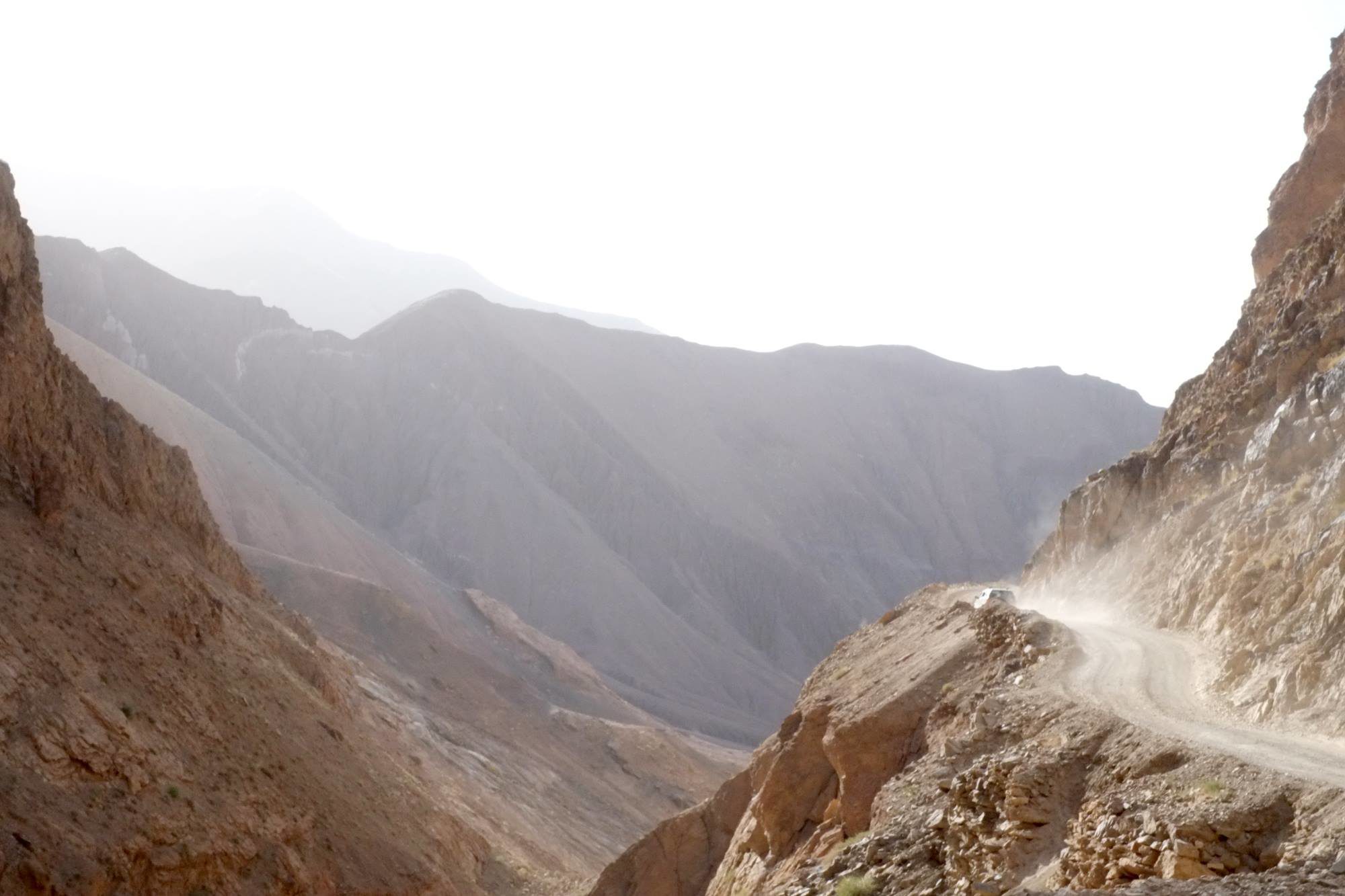

Mountains in Bamiyan, Afghanistan
Photo courtesy of Graeme Smith
-
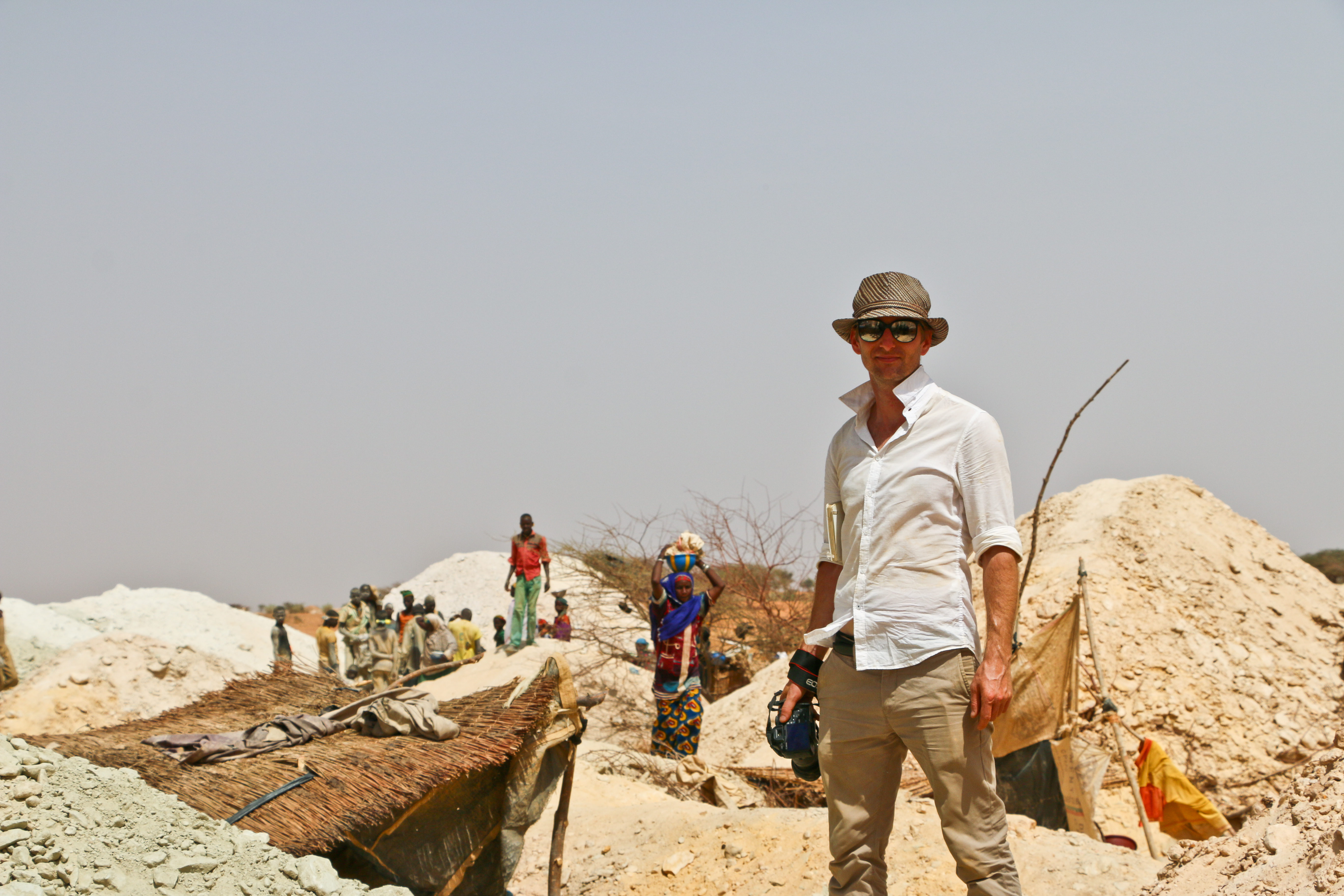

Toronto Star reporter Marco Chown Oved in Burkina Faso while reporting on mining developments tied to foreign aid. Humanitarian group Plan Canada flew him to a mining compound on their corporate jet, giving him increased reporting access
Photo courtesy of Damien Koffi
-
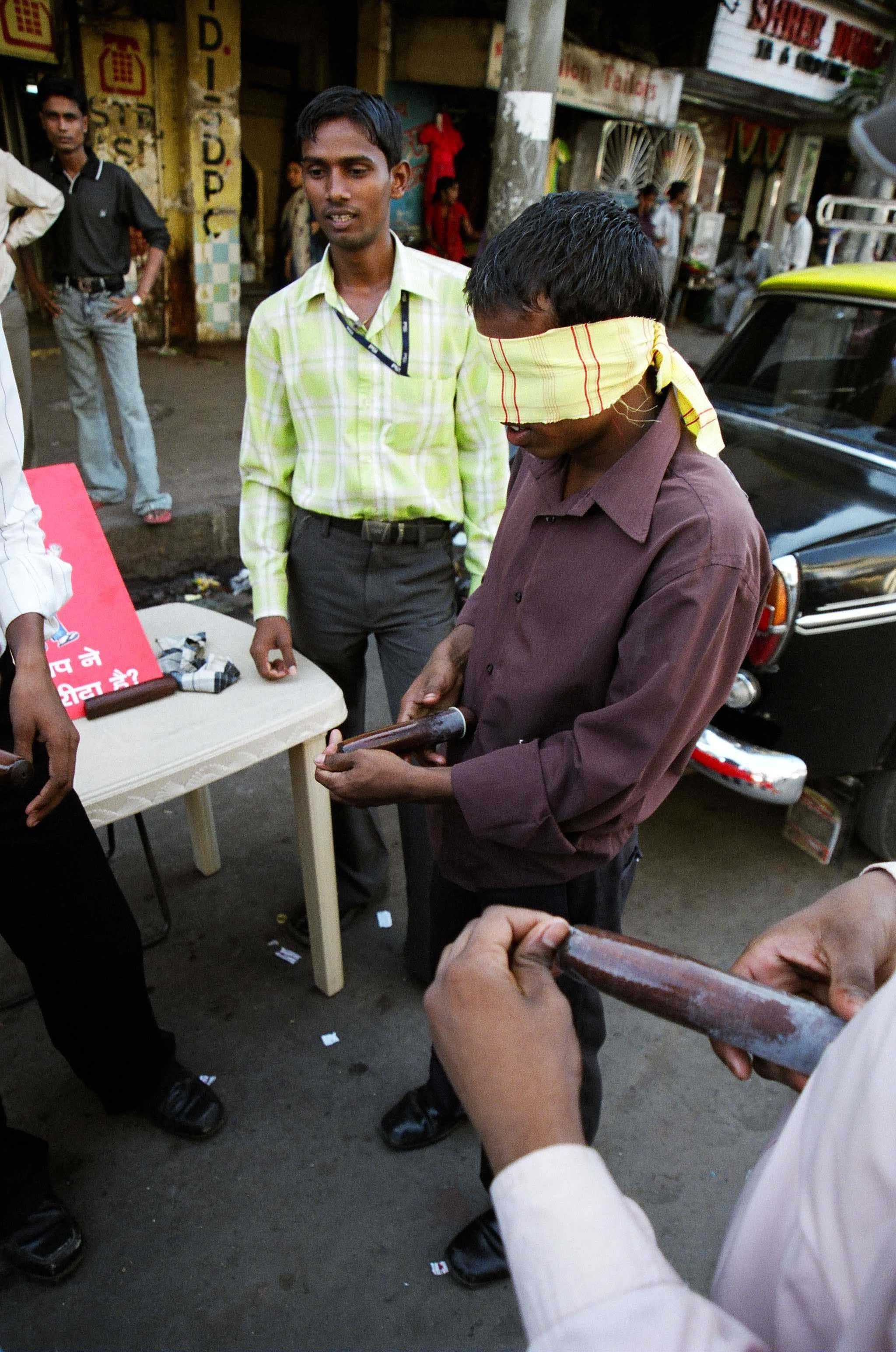

Martin Regg Cohn, former Asia bureau chief and current political columnist for the Toronto Star, reported on India’s HIV/AIDS explosion in 2005, when he accompanied World Vision on rounds through the slums and brothels in Mumbai. Here, locals are shown being given lessons on how to use condoms
Photo courtesy of Martin Regg Cohn
-
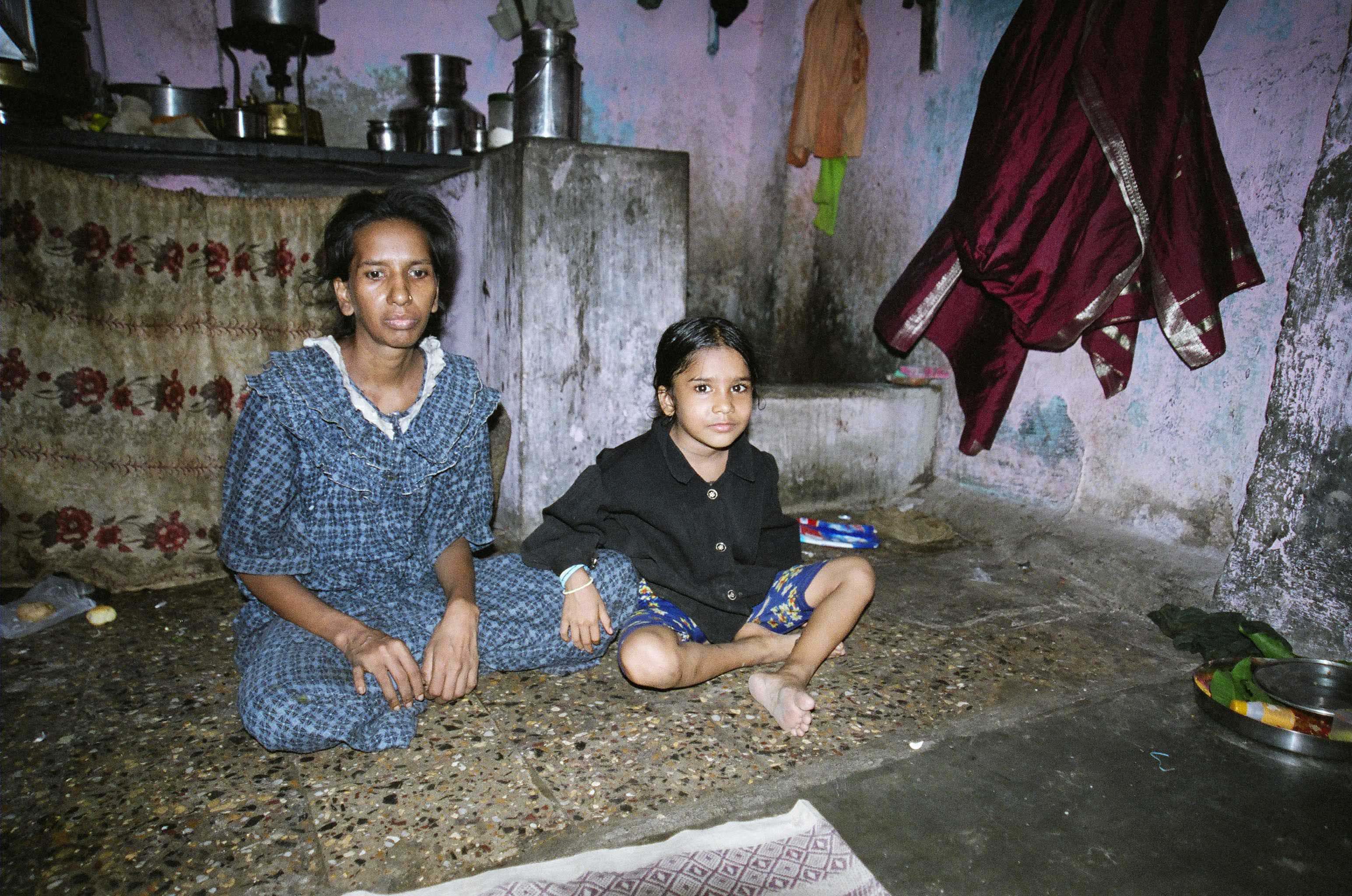

A widow and her child in Mumbai
Photo courtesy of Martin Regg Cohn
Since Canada’s first newspaper, the Halifax Gazette, foreign reporting has been part of the mix—although in the 1700s, international coverage was predominantly from Britain. North American newspapers started opening overseas bureaus in the early 20th century. Public appetite for international reporting tends to fluctuate depending on what’s happening around the world, according to Ryerson journalism professor Gene Allen, who says its heyday lasted from the 1950s into the ’80s. The Vietnam War and the Cold War led papers to expand foreign reporting to maintain prestige and compete with television networks that were growing in popularity. Back then, journalism made enough money for news organizations to invest in foreign reporting.
Brian Stewart was a foreign correspondent with CBC and NBC during the ’80s. “There were no limits to resources,” he says, referring especially to his time with NBC. “You wanted a plane? Rent a 747. Then, one day, they came along and started cutting. It was horrific.”
When Stewart covered the Gulf War in 1991, CBC had almost 40 people in the Middle East to report on the crisis (now, you could count them on one hand). He would spend weeks, sometimes months, reporting in one place. Today, that’s almost unheard of.
The culprits in this decline are by now well familiar: the rise of the internet, economic recession, media consolidation and shrinking ad revenues. A growing emphasis on local coverage has further undermined foreign reporting. And given that the cost of maintaining a full foreign bureau averages around $150,000 per year for a newspaper and over $1 million for a major television network, it’s not surprising that international desks have been the first to go.
The number of Canadian foreign correspondents decreased by close to 40 percent during the ’90s alone, according to the 2001 report “International News in the North American Media,” by former journalist and communications strategist Dan Halton. The downward trend hasn’t stopped, and the reduction has been most obvious at Canada’s largest newspaper, the Toronto Star. In November 2005, it had bureaus in Delhi, Hong Kong, Israel, London, Mexico and Washington. Today, only Washington remains. The Globe and Mail has closed some bureaus and opened others, but its overall numbers are also down. CBC has been slashing positions and scaling back for the past decade. Rather than maintain a large number of permanent foreign bureaus, it now prefers smaller, temporary ones—the newest pocket bureau, in Moscow, opened in January.
Wire services have helped newspapers fill gaps, but even these have fewer resources than they once did. Josef Federman, Associated Press bureau chief for Israel and the Palestinian territories, says AP has fewer than half the number of reporters in the area than it did when he started in the early 2000s. “Many days, you feel like you’re hanging off the side of a building by your fingernails,” he says. “You’re just holding on for dear life and hoping you get everything covered.”
The shift away from original foreign reporting means there’s less opportunity to understand what’s happening in other parts of the world. When the journalists who do travel have only a few days to get a story, context is often sacrificed, according to Tony Burman, who reported from 30 countries during his three decades as a CBC producer. “However informed these reporters are, I don’t think anything replaces living in the environment,” he says. “It’s easy to report on Toronto for Torontonians, on Canada for Canadians, but when you have to make sense of Syria or the Congo for a Canadian audience, that takes a nuance, a diversity and a range of reporting. What suffers is thoughtful, reflective, intelligent coverage.”
Researchers at human rights groups and think tanks don’t face the same constraints as their journalistic counterparts, allowing them to build a deep presence in the places where they operate. They have the time and resources to invest in the big questions journalists aren’t as free to pursue on their own. “The time and effort we put into our stories is almost unheard of in the media,” says Human Rights Watch spokesperson Emma Daly. “We don’t leave things out. We really try to figure out what’s going on. We share a lot of DNA with journalists, but what we do with information is different.”
While the research these groups do isn’t journalism, it can influence reporters. The result is a symbiotic relationship that is strengthening. “The easiest place to get help is through an NGO because we want media attention for visibility,” notes Mark Nonkes, who was the regional communications officer for Asia Pacific at the humanitarian and aid group World Vision until January. “We need journalists, and I think journalists need us as well.”
Amnesty International, a human rights organization started in 1961, employed 14 researchers by the early ’70s. By 2015, that number had grown to 130 full-time researchers. Similarly, Human Rights Watch had a research staff of about 10 for most of the ’80s, but now employs 400 people in 100 countries. With annual operating budgets of $88 million and $73 million respectively, these groups maintain a strong presence in places many reporters left long ago.
After the introduction of a 24/7 TV news cycle by CNN in 1980 increased filing demands, Stewart started relying routinely on outside organizations in the ’90s. With less time to do original research, he and his colleagues went where information had already been collected. He says, “We began to use think tanks as a necessary efficiency.”
Although the work of think tanks and NGOs can overlap, there are differences. The former are research institutes that produce reports to influence policy. The latter include human rights organizations and aid agencies as well as political and religious groups; most operate with advocacy at the forefront of their agendas. Not surprisingly, the larger established groups tend to be more helpful for journalists, since they’ve spent decades building credibility and expanding their reporting resources. In April 2015, when earthquakes in Nepal killed more than 8,000 people, journalists wrote about the crumbled buildings, the bodies buried in rubble and the gaping holes in the pavement. But when the shaking stopped and people tried to piece their lives back together, many reporters moved onto the next country, the next disaster, the next big story. Humanitarian workers stayed behind; they’d been there before the earthquake, too.
These groups do more than just take journalists on disaster tours the way Knoll did in the Philippines. CARE brings reporters to its member offices for a week to offer story access. And Journalists for Human Rights often connects correspondents with local reporters so they can have a better understanding of the issues they’re covering.
Reporters regularly go to World Vision to gain access to remote areas. The staff, which includes many former journalists, often works with reporters on story development. It’s not uncommon for aid groups to connect journalists with sources or translators, while think tanks serve as a more traditional hub for information—and for leads on stories that might go otherwise unreported.
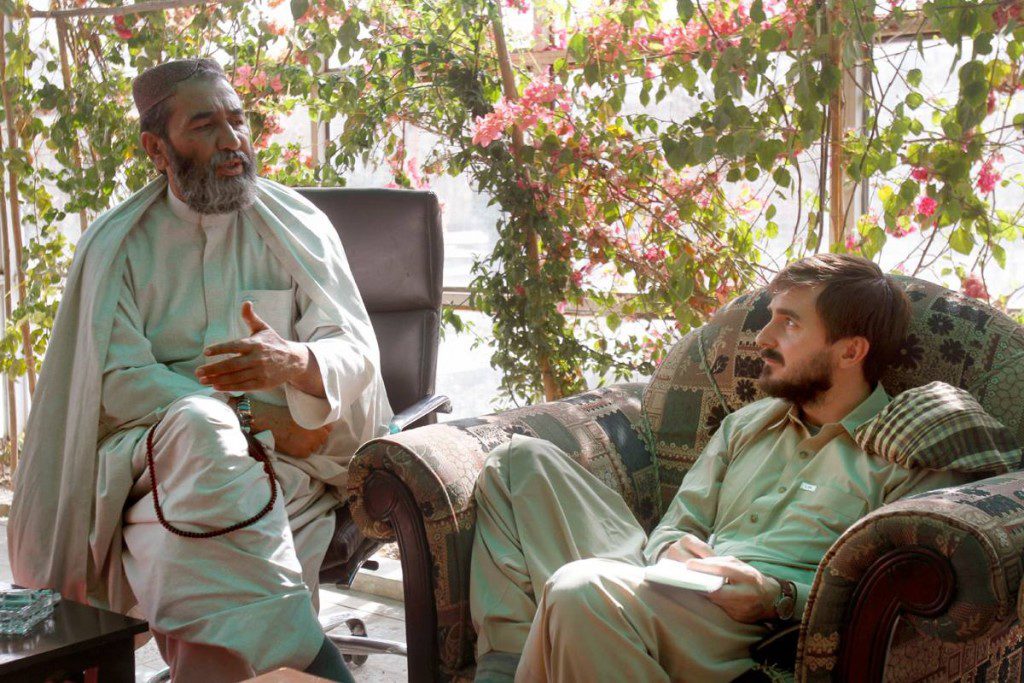
Graeme Smith, former International Crisis Group senior analyst and former Globe and Mail foreign correspondent, interviewing a tribal leader in Kandahar City. Smith joined Crisis Group in 2012, where he spent three years researching and reporting in several parts of Afghanistan. Photo courtesy of Graeme Smith
Graeme Smith first landed in Afghanistan in 2005 to cover the country for the Globe. Packed alongside maps of Kandahar and his Canadian passport was a Ziploc bag filled with crisp U.S. bills—$15,000 in cash, renewed by the Globe every couple of months. Within five years, that money began to dry up. Reporting trips became shorter, and so did the articles the paper published. Smith says he started getting demands from his editors for 300-word takes and to produce articles quickly, sometimes without much research.
Smith was the paper’s last bureau chief in Moscow. He opened a bureau in Kandahar, which later closed. The Istanbul bureau saw a similar fate. “I didn’t want to stick around to watch the foreign desk continue losing its ability to cover the world,” he says.
After leaving the Globe in 2012, he soon found himself back on Afghanistan’s familiar dusty streets. This time, he was with a global think tank called the International Crisis Group. He carried the same black leather Moleskine notebook and the same
0.5 uni-ball Micro Point pen he used while at the Globe. He wore the same shalwar kameez, talked to the same people and asked similar questions using the same translator—but now he was an analyst writing research papers on global conflict.
With the ability to spend months—in some cases, years—reporting on an issue, think tanks and NGOs are breaking stories. A 38-page report Smith wrote about the future of the Afghan Local Police (ALP) security force, conducted over a two-year period and published in June 2015, received a lot of attention. Despite the overthrow of the Taliban government more than a decade ago, Afghan people continued to be victims of human rights abuses by government and military officials. The report revealed that the controversial ALP program, intended to help bring stability to the country, exacerbated the conflict in some areas. AP picked up the story, and the report kept surfacing in news clips. Smith says it’s not unusual for analysts to get calls from journalists on a daily basis.
In September 2015, Human Rights Watch published a 39-page report on children who risk their lives to mine gold in the Philippines. Adolescent boys spend over an hour underwater collecting small gold pieces, breathing through a rubber hose. Others crawl down narrow, unstable shaft that reach depths of 25 metres. The Philippines outlawed child labour, but the study, conducted over a year, found the laws were not being enforced. Human Rights Watch interviewed more than 135 people—including 65 child miners—for the report, which Al Jazeera, AP and several Asian and European media outlets covered.
Non-journalistic organizations are now part of the news ecosystem, providing information that can frame a conversation. “If I can inspire a journalist to write a story about militias, even if he or she doesn’t refer directly to my report, then that’s a success,” says Smith, who believes that, in many ways, his new role represents the future of foreign reporting. “The impoverished newsrooms these days have no choice except to rely on NGO research to fill the gaps in their foreign coverage.”
Throughout Martin Regg Cohn’s 11 years as a foreign correspondent for the Star, he occasionally relied on NGOs for his reporting. “They’re usually locally engaged people,” says the political columnist and former foreign editor. “They can see things that an outsider can’t see.”
In 2005, while working on a story about an HIV outbreak in India, Cohn accompanied World Vision staff on rounds through the slums and brothels in Mumbai. That same year, the organization took him to the fishing villages of Tamil Nadu to see the aftermath of the tsunami that destroyed the southeastern shores of India. “NGOs keep getting more and more established by virtue of their reputations,” he says. “They’re more accessible than ever, they’re more online than ever, they’re better staffed than ever. They’re an extra set of eyes and ears, but they have their own agenda.”
These groups do research with the goal of making a difference, and that goal extends to their work with journalists. The access they provide may be invaluable, especially in the context of ever-shrinking foreign reporting budgets, but reporters who rely too heavily on them run the risk of producing overly mediated, cautious or biased stories.
When Star reporter Marco Chown Oved was in Burkina Faso reporting on mining developments tied to foreign aid, he needed access to a mine. It was in the middle of the desert in a dangerous, hard-to-access area, but Plan Canada agreed to fly him into the workers’ compound on its corporate jet.
The compound, just minutes away from the massive open-pit mine, was the size of a small town, and its perimeter was lined by a fence. It had a community garden, a gym, a gasoline-powered mill and a cafeteria. Eggplants and tomatoes grew in the garden. The cafeteria, which reminded Oved of those in Canadian high schools, served chicken and rice with a cup of Jell-O on a plastic tray. “Aid groups often work in rural, hard-to-reach areas, and they have an on-the-ground perspective, but when you go somewhere with an aid group, you’re embedded,” says Oved. “They are controlling your experience to a certain extent.”
That night, Oved flew back to Ouagadougou, the capital of Burkina Faso. The following morning, he got into a mid-’90s Mercedes Benz—a popular car in West Africa—and made an eight-hour trek along rough gravel roads back to the mine. This time, he was not escorted by Plan Canada. He was just 100 metres from where he’d been the day before, but on the other side of the fence. Oved says the trip without Plan Canada gave him a different understanding of what was going on in the area, but it would have been harder to pull off if the organization hadn’t flown him in the day before.
NGOs have flagged issues that later became meaningful topics in the news, including deplorable conditions in garment factories and violence in the Congo. “It wasn’t reporters who went in there first,” says Oved. “The flip side is that they don’t play by the same rules as we do. I think that we’re all too quick to just accept what they say…There’s always another side to it.”
Fortunately, distinguishing good information from bad is one of the fundamental skills of a good journalist. The research these organizations do can be vital to covering international affairs—if reporters maintain a critical distance. They are excellent sources—as long as they aren’t the only sources. Since journalists can’t do foreign reporting from a desk in Canada, relying on these groups will be necessary as long as news budgets remain small. “You really do have to hang out in dark corners of the world if you’re going to shed any light on them,” says Smith. “There’s no substitute for being there.”
Nicole Schmidt is the online handling editor of the Spring 2016 issue of the Ryerson Review of Journalism












































